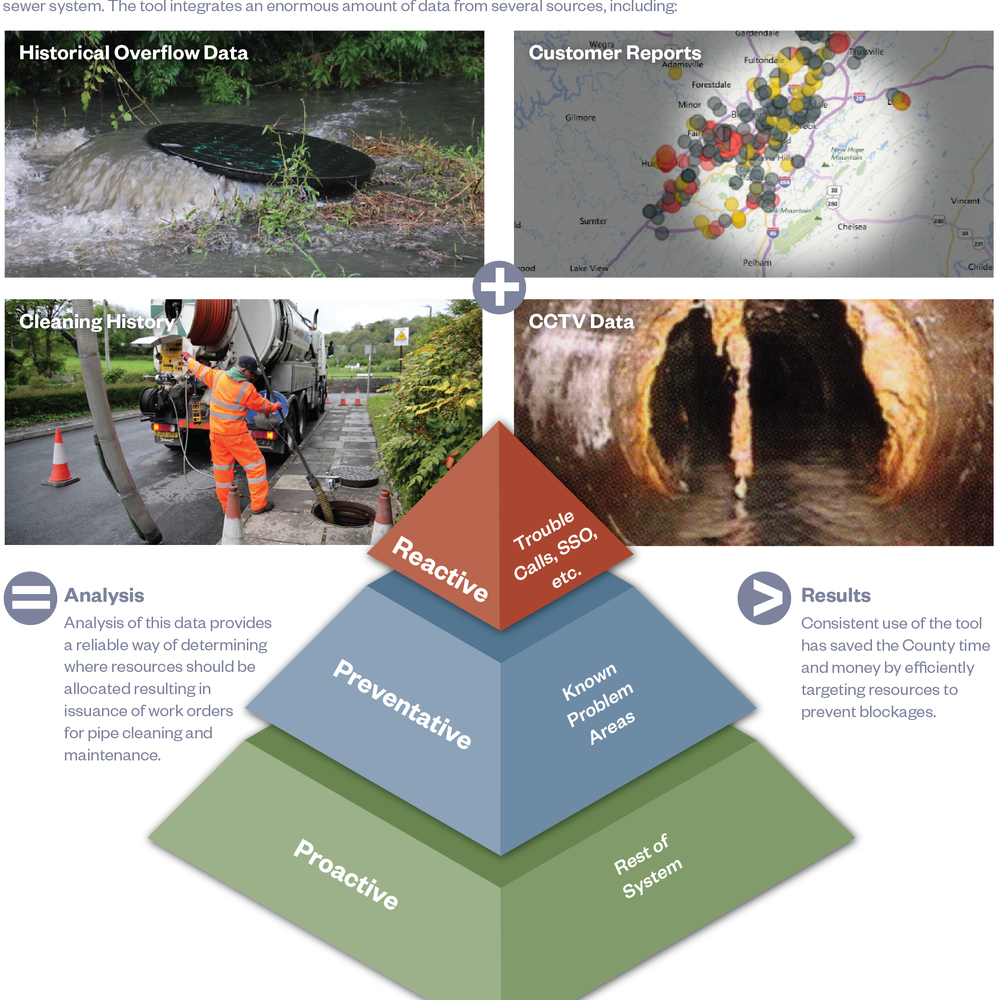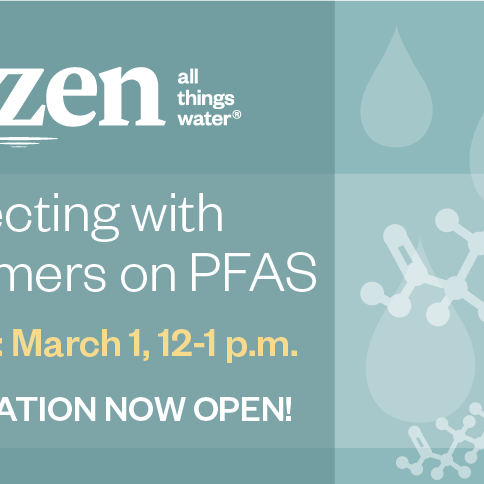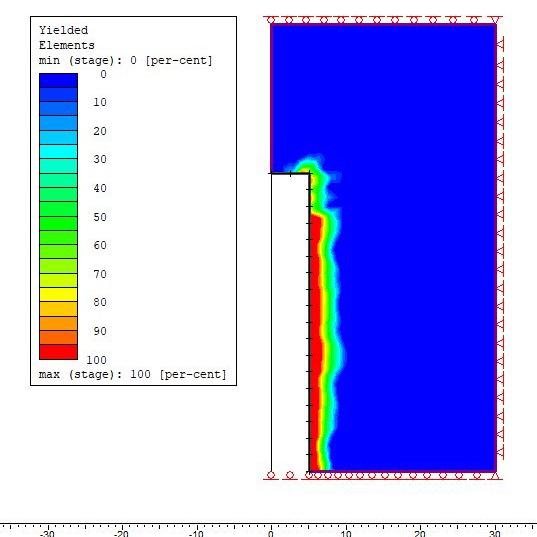Frazil Ice Intake Challenges
Washington Sanitary Suburban Commission (WSSC) provides a percentage of its customers with finished drinking water from the Potomac Water Filtration Plant (WFP). At the Potomac WFP, raw water is withdrawn from the Potomac River via an intake structure with a bar rack and pumped to the WFP via raw water pump stations. During winter months, frazil ice crystals present in the Potomac River can adhere to the bar racks, bridge across adjacent bars, and restrict water from flowing to the raw water pump station wet wells. If the raw water intake is not functioning normally or its capacity is hindered, the plant can be at risk of not producing enough water.
Analyses of historical data showed that frazil ice formation on the bar screens typically occurs during low-flow and freezing conditions during the winter months. The typical duration of winter weather conditions conducive to frazil ice formation is about two months, typically during January and February. The duration may be shorter or longer for any particular winter.
The goal of this study was to evaluate potential methods for controlling frazil ice formation on the existing raw water intake. A utility survey was conducted to include nine water treatment plants with similar intake characteristics in regions that experience frazil ice. The utility survey identified whether or not the utility had historical issues dealing with frazil ice, how they handled these problems, and which strategies they have been using to maintain plant operations.
With the feedback from the survey, thirteen frazil ice treatment alternatives were identified and evaluated. Due to the layout of the existing intake structure, or high costs associated with some of the alternatives, four options were identified from the thirteen as potential frazil ice treatment alternatives for WSSC’s intake structure.
The most commonly used frazil ice treatment alternative identified by the utility survey was the use of compressed air lines connected to diffuser grids located in the water intake structures. This method works by using a blower to introduce a high volume of pressurized, heated air to a coarse bubble diffuser system located directly underneath and/or in front of the intake screens. The resultant mixing zone pushes suspended ice particles to the surface and mitigates the conditions necessary for frazil ice to accumulate and adhere to the intake screens. As an air diffuser system is a commonly utilized solution, its potential applicability at WSSC’s intake is being further evaluated.










